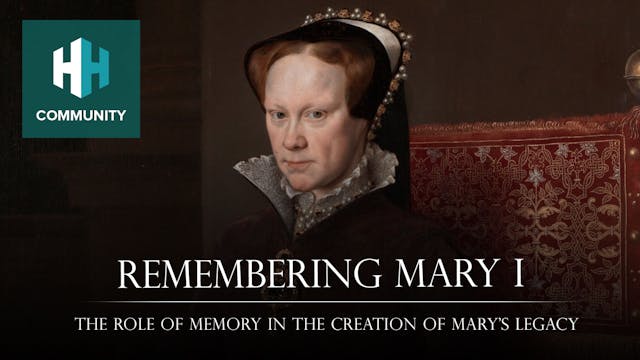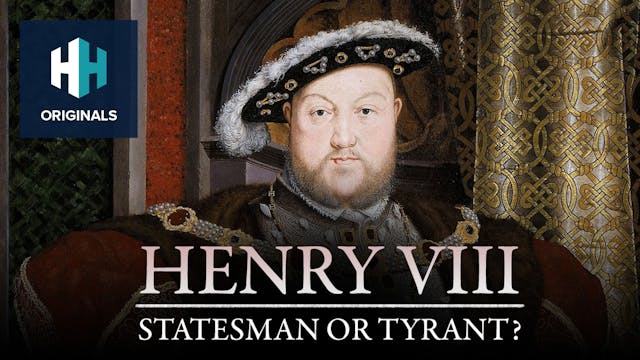In 60 AD, the fledgling Roman town of Colchester witnessed ancient Armageddon. Thousands of British warriors descended on the settlement, turning what was then the capital of Roman Britain to ash. At the head of these attackers was one of the most well-known figures in British history - the warrior woman Boudica. Her bloody assault on Colchester marked one of the first gruesome events of her revolt against the Romans.
For a long time, the Roman historian Tacitus was our main source for Boudica’s great burning of Colchester. But no longer. Beneath the ground level of the modern city, archaeologists have uncovered actual physical evidence of the burning. From a visible ash layer in the soil, to a great wealth of artefacts that have revealed more about the sheer brutality of Boudica’s onslaught and the tragic tales of innocent victims caught up in the carnage.
Tristan Hughes visits Colchester to investigate this incredible archaeology and to see whether it supports the surviving Roman account for Boudica’s bloody sacking of this settlement almost 2,000 years ago.
Up Next in People Who Made History
-
The Complete History Of Vladimir Puti...
Vladimir Putin is the modern face of dictatorship, rising out of the ashes of the chaotic Yeltsin years. In the 90's, Putin was a relatively unknown figure would go on to occupy an untouchable position in a country spanning 11 timezones. We delve inside the twisted mind of Vladimir Putin.
-
Remembering Mary I: The Role of Memor...
By virtue of being England’s first crowned queen regnant – a queen in her own right – Mary I set a precedent for English regnant queenship. She struggled to establish her reign amidst the religious, nationalist, and gendered contexts of sixteenth-century England. Focusing particularly at the mome...
-
Henry VIII: Statesman or Tyrant?
On Midsummer's Day in 1509 a 17 year old was crowned king of England. He would go on to transform his realm over almost four decades on the throne. He would revolutionise its religion, reforge its politics and its relations with neighbouring countries, and establish a royal navy. But, by the time...




28 Comments